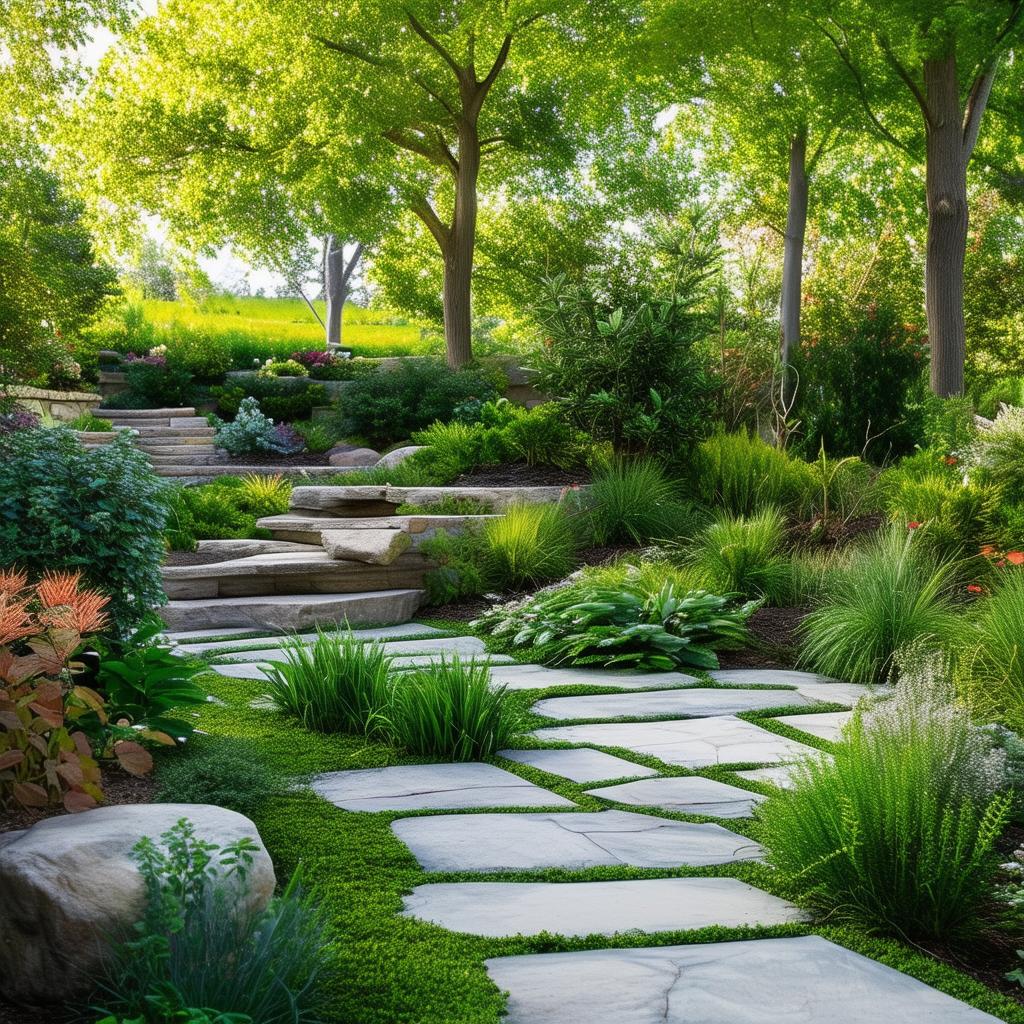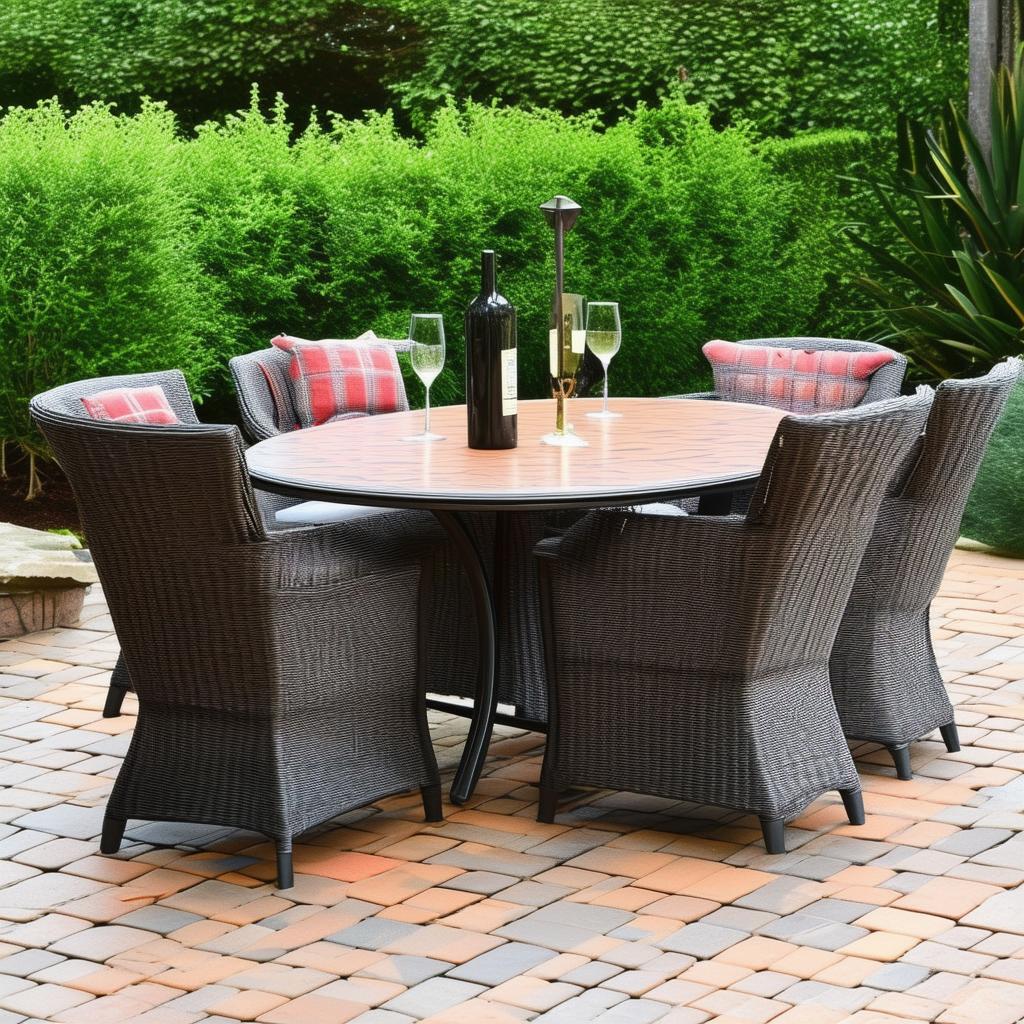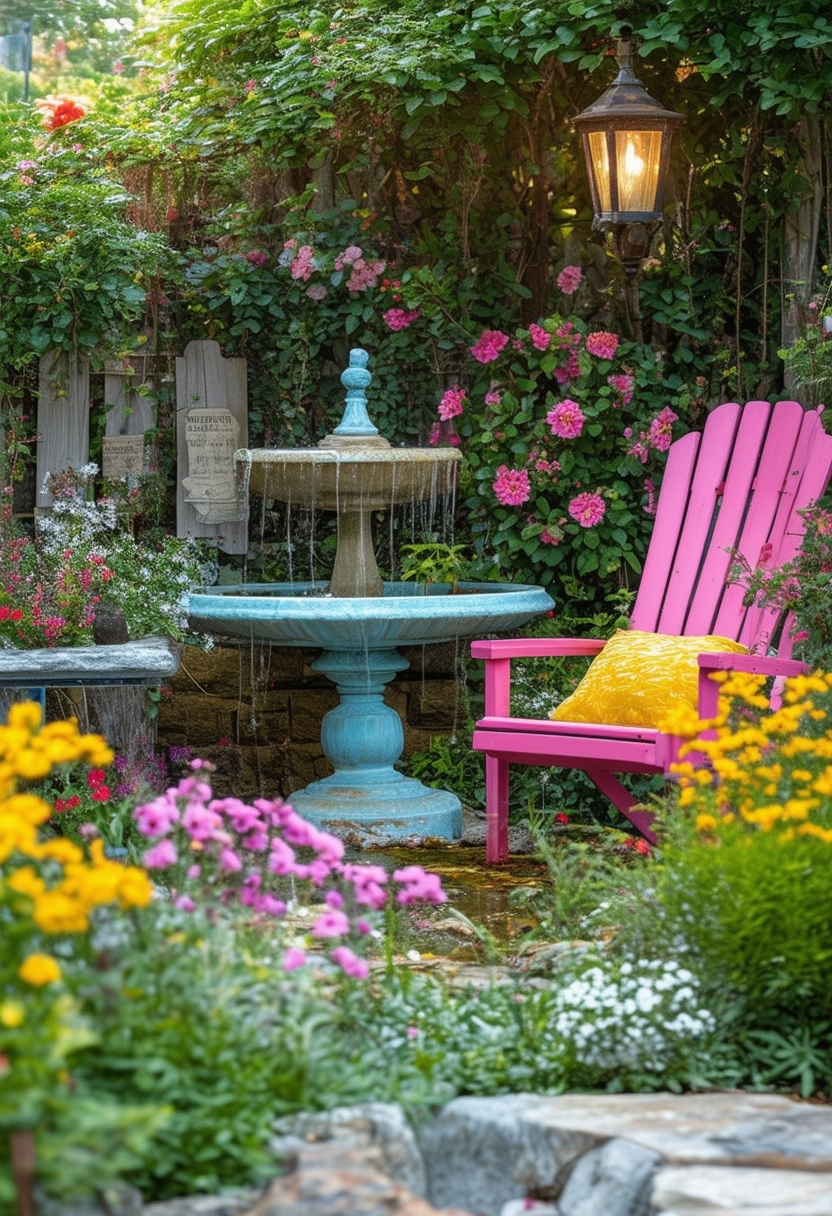In a world where environmental consciousness is paramount, our outdoor spaces should be a reflection of our commitment to sustainability. Whether you’re a seasoned gardener or a beginner looking to cultivate a more eco-conscious landscape, our guide to “Green Garden Glory” offers a plethora of tips and tricks to help you create a vibrant and sustainable outdoor oasis. From water-saving techniques to native plant selections, we invite you to join us on a journey towards a greener garden paradise.
Embracing Native Plants for a Thriving Ecosystem
When it comes to creating a thriving ecosystem in your outdoor spaces, there is no better way to go green than by embracing native plants. Native plants are adapted to the local climate and soil conditions, making them resilient and low-maintenance additions to your garden. By planting native species, you can help support local wildlife, improve biodiversity, and reduce the need for water, pesticides, and fertilizer.
One eco-conscious landscaping tip for incorporating native plants into your outdoor space is to design your garden with a variety of plant species that bloom at different times of the year. This will not only create a visually appealing landscape, but it will also provide food and habitat for pollinators and other wildlife throughout the seasons. Consider planting a mix of flowers, shrubs, and trees that are native to your region to attract a diverse array of beneficial insects and birds.
| Native Plant | Benefits |
|---|---|
| Black-eyed Susan | Attracts pollinators |
| Milkweed | Supports monarch butterflies |
| Eastern Redbud | Provides food and shelter for birds |
Another eco-friendly-outdoor-spaces/” title=”Greening Your Great Outdoors: Sustainable Landscaping Tips for Eco-Friendly Outdoor Spaces”>sustainable landscaping tip is to mulch your garden with organic materials, such as wood chips or straw, to suppress weeds, retain moisture, and improve soil health. Mulching can also help reduce erosion and runoff, keeping water on-site and benefiting your native plants. Remember to use mulch that is free from pesticides and herbicides to maintain a healthy ecosystem in your garden.
Implementing Water-saving Techniques for a Sustainable Landscape
One of the most effective ways to create a sustainable outdoor space is by implementing water-saving techniques in your garden. By reducing water consumption, you can help conserve this precious resource while also saving money on your water bill. There are several eco-conscious landscaping tips that you can incorporate into your outdoor space to promote a greener garden.
Rain Barrels: Collect rainwater from your roof by installing a rain barrel. This water can then be used to water your plants, reducing the need for tap water and lowering your water usage. Rain barrels are a simple and cost-effective way to harvest rainwater for your garden.
Drip Irrigation: Consider installing a drip irrigation system in your garden. This method delivers water directly to the roots of your plants, reducing evaporation and runoff. Drip irrigation systems are highly efficient and can save a significant amount of water compared to traditional sprinkler systems.
Creating Wildlife Habitats with Thoughtful Garden Design
When it comes to landscaping, creating wildlife habitats is not only beneficial for the environment but also adds a touch of natural beauty to your outdoor space. By incorporating thoughtful garden design elements, you can help support local wildlife populations and promote biodiversity in your area. One simple way to do this is by planting a variety of native plants that provide food and shelter for birds, insects, and other wildlife.
Here are some eco-conscious landscaping tips to help you create sustainable outdoor spaces:
- Choose native plants that are well-suited to your local climate and soil conditions.
- Include a variety of flowering plants to attract pollinators like bees and butterflies.
- Create areas of dense vegetation for birds to nest and seek shelter.
- Install bird baths or other water features to provide drinking and bathing opportunities for wildlife.
| Native Plant | Wildlife Benefit |
|---|---|
| Milkweed | Attracts monarch butterflies |
| Oak tree | Provides acorns for squirrels and other animals |
| Lavender | Attracts bees and other pollinators |
By taking a thoughtful approach to garden design, you can create a green oasis that not only benefits wildlife but also enhances the overall beauty of your outdoor space. With a little creativity and planning, you can enjoy a sustainable garden that is both eco-friendly and visually stunning.
Concluding Remarks
creating a sustainable and eco-conscious outdoor space is not only beneficial for the environment, but it can also enhance the beauty and functionality of your garden. By implementing these landscaping tips, you can contribute to a greener future while enjoying the green garden glory right in your own backyard. Remember, every small change counts towards a big impact. So go ahead, let your green garden thrive and be a shining example of eco-conscious living. Happy gardening!


